Archives
- 2025-10
- 2025-09
- 2025-03
- 2025-02
- 2025-01
- 2024-12
- 2024-11
- 2024-10
- 2024-09
- 2024-08
- 2024-07
- 2024-06
- 2024-05
- 2024-04
- 2024-03
- 2024-02
- 2024-01
- 2023-12
- 2023-11
- 2023-10
- 2023-09
- 2023-08
- 2023-06
- 2023-05
- 2023-04
- 2023-03
- 2023-02
- 2023-01
- 2022-12
- 2022-11
- 2022-10
- 2022-09
- 2022-08
- 2022-07
- 2022-06
- 2022-05
- 2022-04
- 2022-03
- 2022-02
- 2022-01
- 2021-12
- 2021-11
- 2021-10
- 2021-09
- 2021-08
- 2021-07
- 2021-06
- 2021-05
- 2021-04
- 2021-03
- 2021-02
- 2021-01
- 2020-12
- 2020-11
- 2020-10
- 2020-09
- 2020-08
- 2020-07
- 2020-06
- 2020-05
- 2020-04
- 2020-03
- 2020-02
- 2020-01
- 2019-12
- 2019-11
- 2019-10
- 2019-09
- 2019-08
- 2019-07
- 2019-06
- 2019-05
- 2019-04
- 2018-11
- 2018-10
- 2018-07
-
br GSK The GSK family is highly conserved throughout evoluti
2021-11-11

GSK-3 The GSK-3 family is highly conserved throughout evolution and is encoded by two genes, GSK-3α and GSK-3β, which are located in chromosomes 19q13.2 and 3q13.3 in human, respectively. Both GSK-3α and GSK-3β proteins exist in a variety of tissues with the highest levels found in PF-477736 [1]
-
It is well known that the
2021-11-11
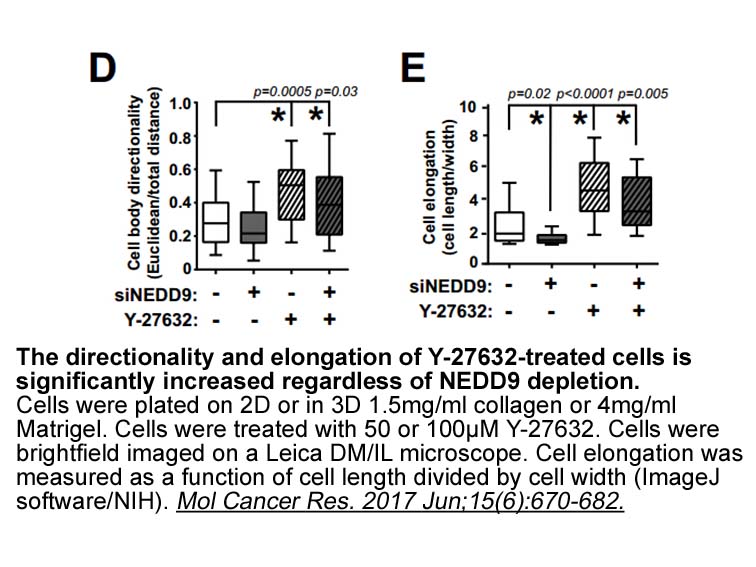
It is well known that the expression of GPR109A is regulated under physiological and pathological conditions. We previously found that GPR109A expression in islet beta-cells increased with age and was up-regulated by interferon-γ (Li et al., 2011). GPR109A levels in Min6 and INS-1E islet beta-cells
-
br Materials and methods br
2021-11-11
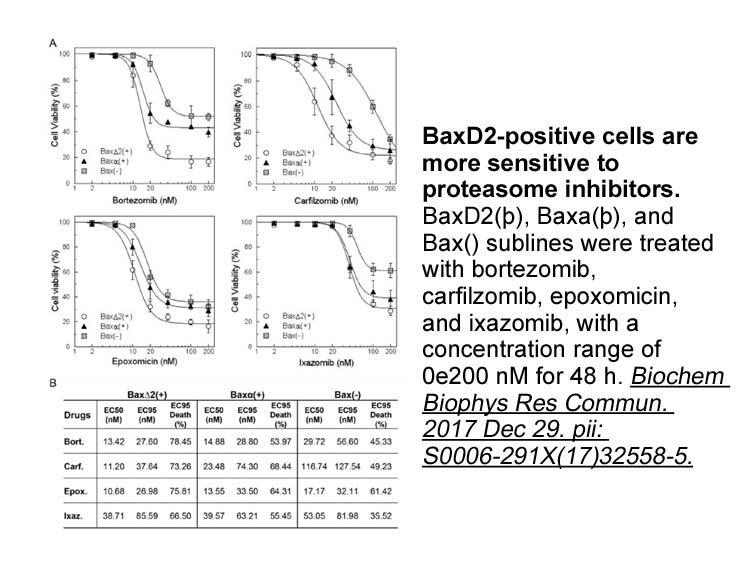
Materials and methods Results Discussion A synoptic review of these cases will be given. In Case 1 the process presented in a photodistributed fashion in a 79-year-old woman; while the infiltrate was atypical, it was non-effacing with polyclonal molecular studies. The disease eventually res
-
As discussed above both endogenous and exogenous lesions can
2021-11-11
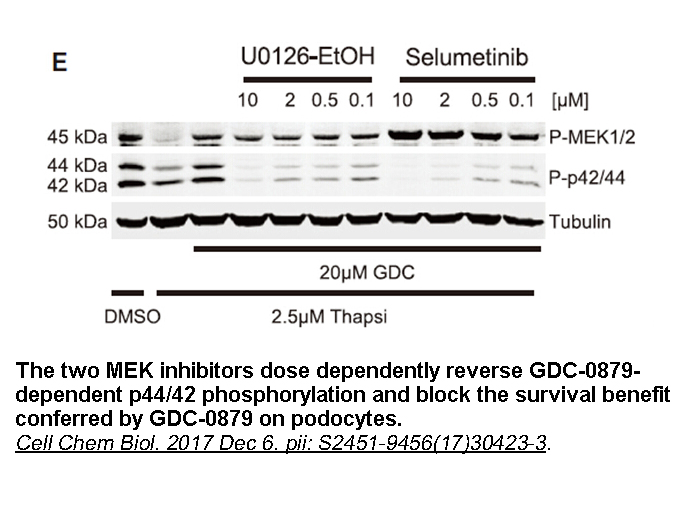
As discussed above, both endogenous and exogenous lesions can lead to adverse health effects [43]. Damaged nucleobases can block DNA replication which is often lethal to cells [44]. The effectiveness of DNA restoration by DNA glycosylases should be closely monitored to gain an insight of the functio
-
It is important to control hyperglycaemia because it can con
2021-11-11

It is important to control hyperglycaemia because it can contribute to serious complications. Hyperglycaemia can be managed by maintaining stable blood glucose levels inside the normal range. This can be achieved by various strategies such as diet, medications and exercise (O’Keefe & Bell, 2007). Se
-
The expression of GLUT receptors throughout
2021-11-11

The expression of GLUT receptors throughout the body could be considered a potential source for off-target effects even for engineered glucose-conjugated nanomedicines, as there are at least 12 types of GLUT transporters in the body, including GLUT1 in erythrocytes and the blood-brain barrier, as we
-
A pooled overall survival analysis
2021-11-11
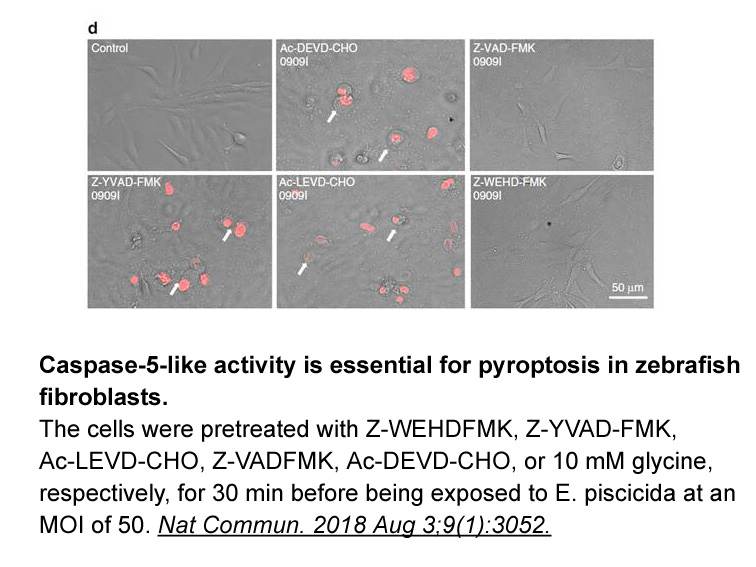
A pooled overall survival analysis at 1year showed no difference in survival between the two study arms, although these studies were not designed or powered to demonstrate a survival benefit. Among the 979 total patients in both ROMANA 1 and 2, about 55% continued on to the ROMANA 3 trial. That tria
-
As mentioned earlier two different isoforms
2021-11-11
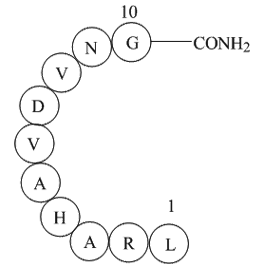
As mentioned earlier two different isoforms of TFE3 [16] have been reported viz. the full length (TFE3L) and smaller (TFE3S) without exon 1&2. TFE3S lacks an N-terminal acidic activation domain which is present in TFE3L hence is a dominant negative form of TFE3L [51]. This dominant negative feature
-
Recent studies have elucidated a profound role for
2021-11-11
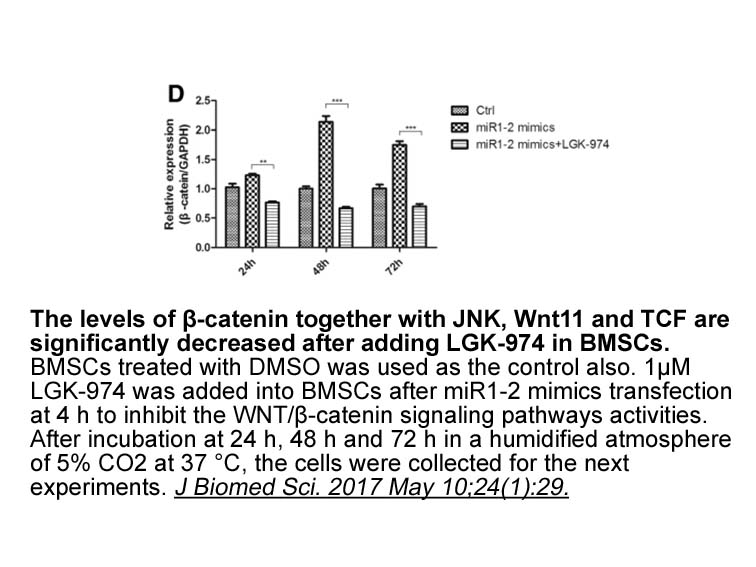
Recent studies have elucidated a profound role for FFA4 in modulation of metabolism and energy utilization as well as endocrine and immune function, and as a consequence, have thrust FFA4 to the forefront of drug discovery efforts. For example, activation of FFA4 by fatty plx4032 or synthetic ligand
-
Here we employ a genetic approach to examine
2021-11-11
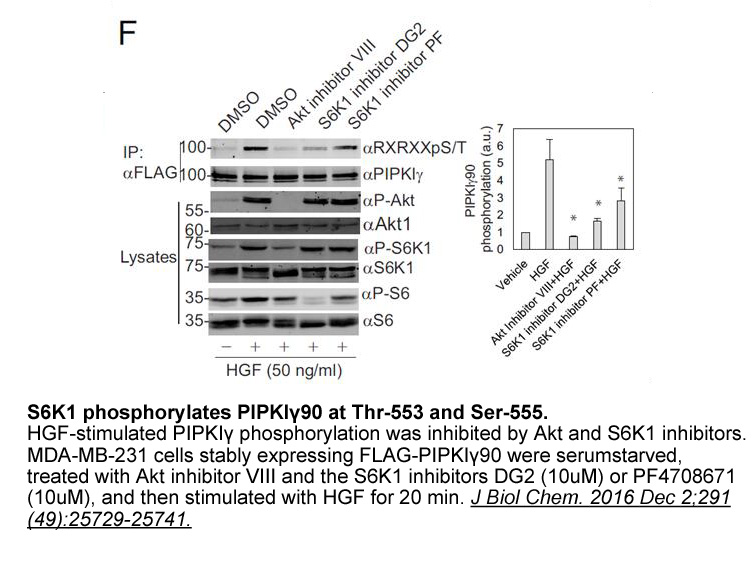
Here we employ a genetic approach to examine the potential interaction of Gli3 and Ezh2 with respect to anteroposterior limb bud polarity. Loss of Ezh2 in a Gli3 mutant background leads to synergistic loss of anterior identity, although the double mutant phenotype more closely resembles that of Ezh2
-
In order to establish proper folding
2021-11-11

In order to establish proper folding and enzymatic activity, G9a and GLP methyltransferases each contain four structural zinc ions. Both Oligomycin A contain two distinguishable types of zinc fingers; three Zn(II) ions are chelated in a triangular cluster by 9 cysteines (b, top left), whereas one Zn
-
P Benzoxaborole substituted macrocyclic compounds based on I
2021-11-11
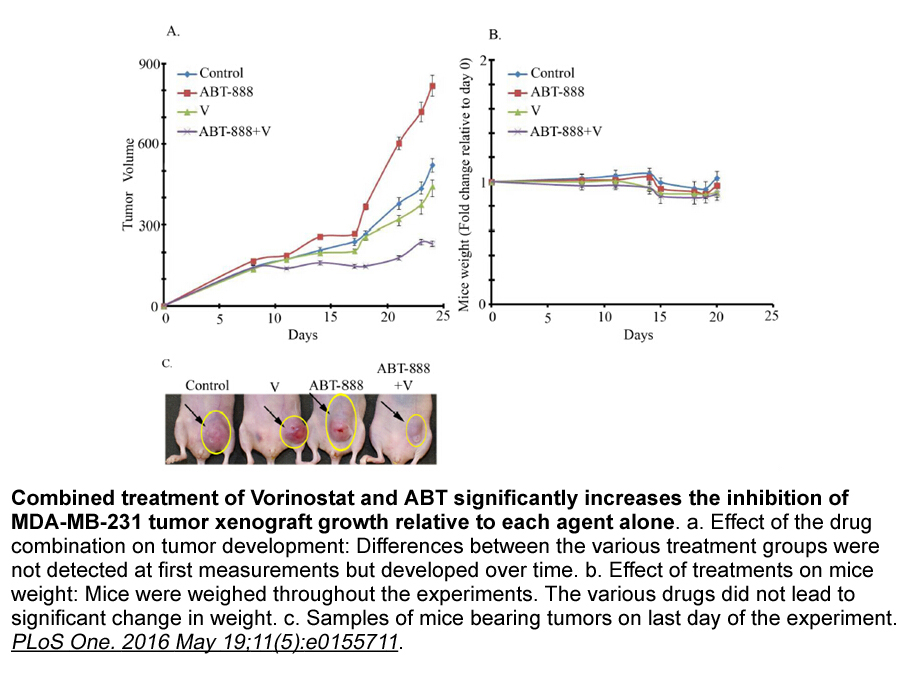
P4-Benzoxaborole-substituted macrocyclic compounds based on ITMN-191 scaffold were prepared using a general scheme as shown in . ITMN-191 was prepared by following a patent procedure. The P4 BOC group was removed by treatment with TFA in dichloromethane to give amine . The coupling of the amine to 6
-
Moreover to evaluate the properties of immobilized glucosida
2021-11-10
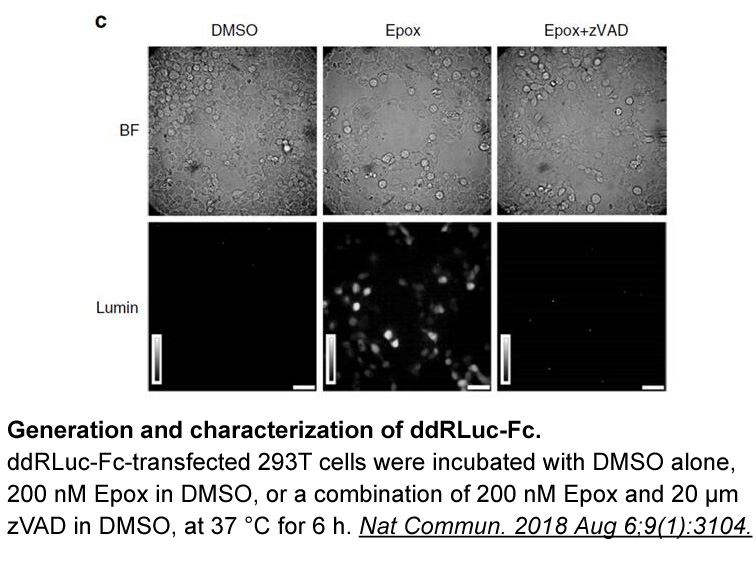
Moreover, to evaluate the properties of immobilized β-glucosidase further, the anti-protease test was also carried out. The result showed that the residual activity of the β-glucosidase@ZIF-8 was higher than that of the nano-SiO2@β-glucosidase and free β-glucosidase. Because free β-glucosidase and t
-
The development of immobilization techniques for glucosidase
2021-11-10
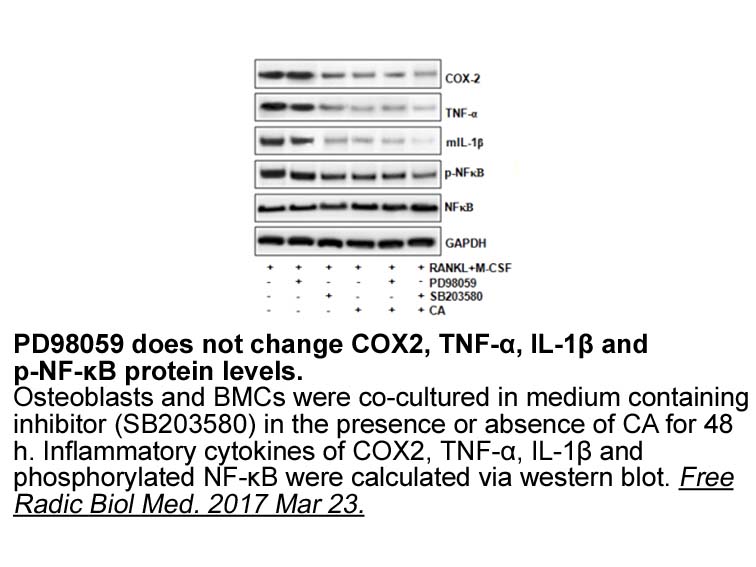
The development of immobilization techniques for β-glucosidase offers a potential way to enable its reuse several times [13]. The aim of immobilization is to trap the enzyme within or on the surface of an insoluble material with retention of its catalytic activity [14]. The immobilization strategy a
-
Genetic disruption or pharmacologic inhibition of the hepati
2021-11-10

Genetic disruption or pharmacologic inhibition of the hepatic glucagon pathway has invariably been shown to increase pancreatic α cell mass. This has been observed in glucagon receptor (GCGR) knockout (Gcgr−/−) mice (Gelling et al., 2003), glucagon knockout mice (Hayashi et al., 2009), prohormone co
15954 records 541/1064 page Previous Next First page 上5页 541542543544545 下5页 Last page